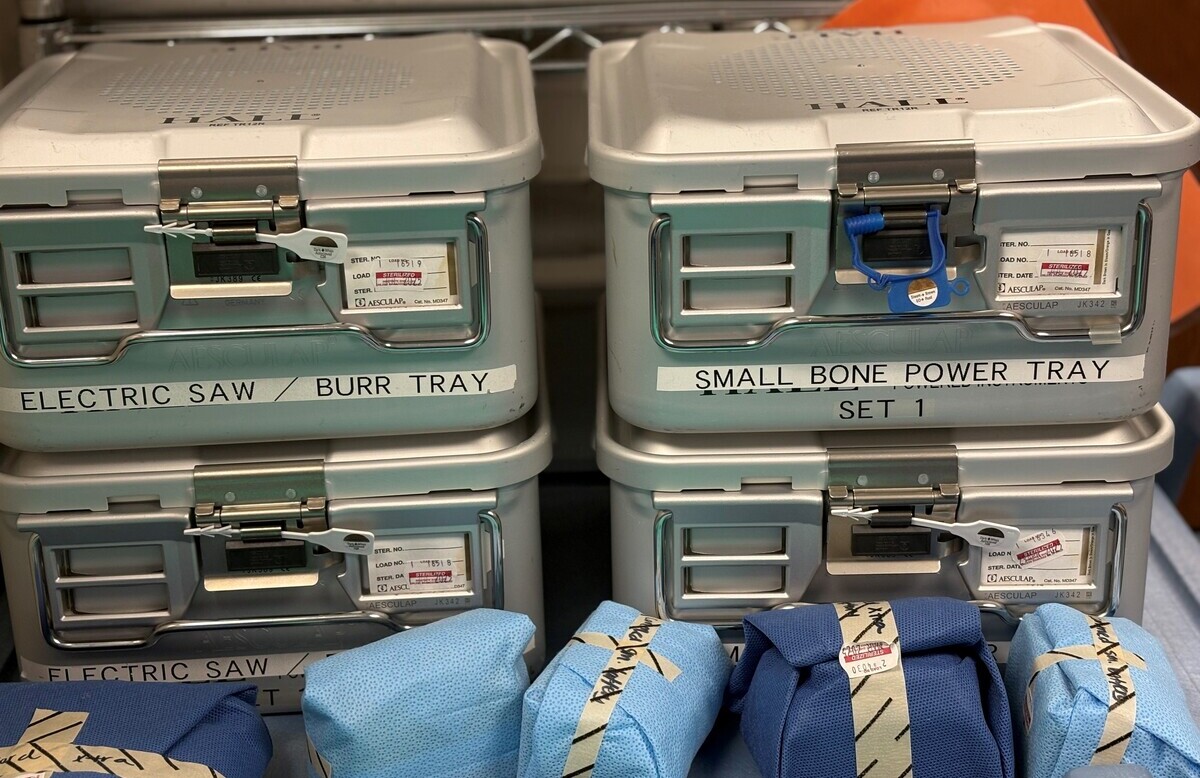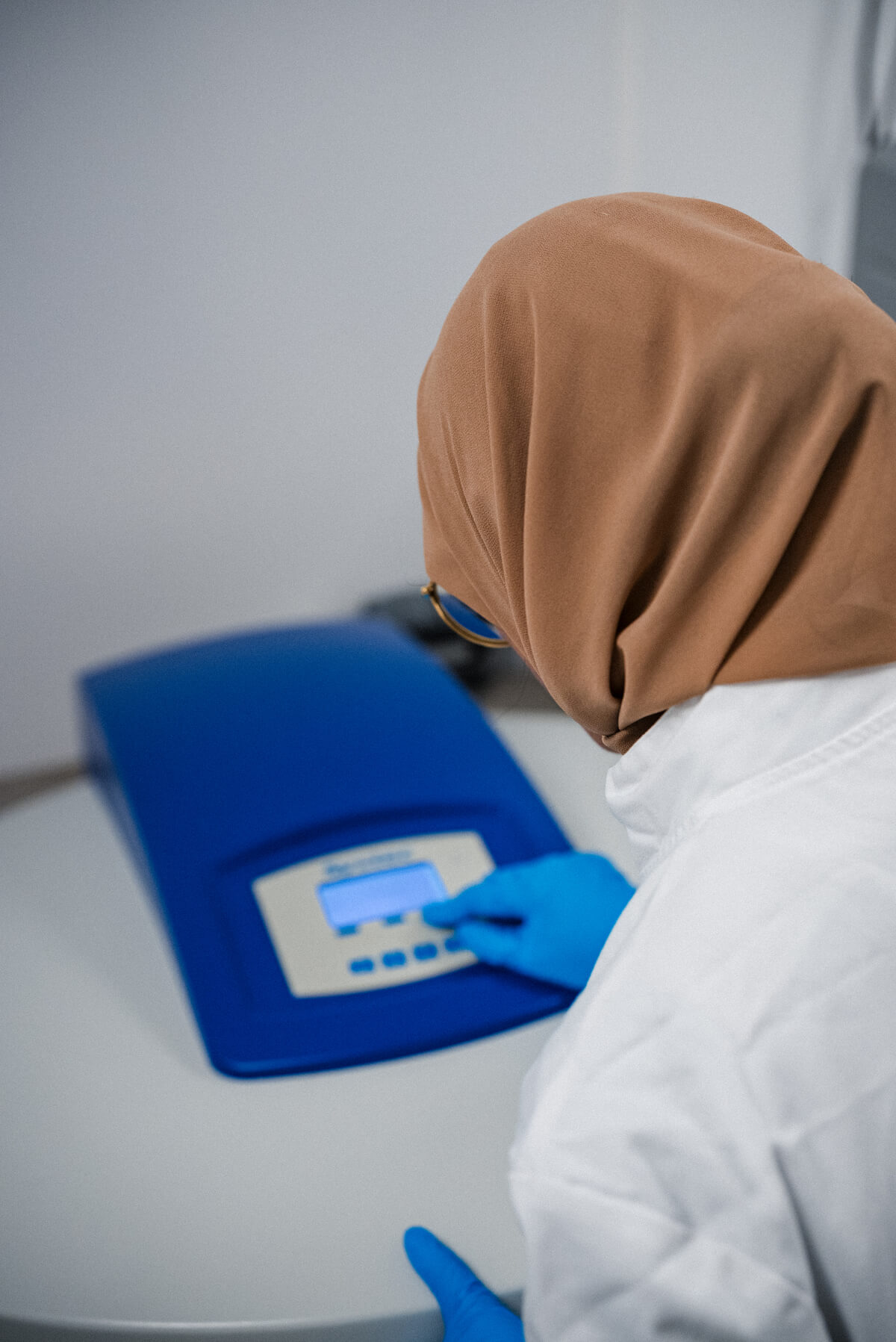Ignoring Sterile Processing in Medtech Training Creates Risk. Here’s Why Inclusion, Collaboration and Clear Communication Make All the Difference
Article Summary
Real-world gaps in IFUs and reprocessing workflows demand strategic action from medtech leaders to protect patients and support SPD teams.Article Contents
Real-World Challenges in Reprocessing
Imagine a crucial step in patient safety being overlooked. That’s often the reality for sterile processing departments (SPD). Without proper inclusion and clear communication, the risk of improper reprocessing skyrockets, putting patients in harm’s way.
As central service or sterile processing technicians, our job is to make sure reusable surgical instruments and devices are safe to use. But sometimes, due to incomplete training, not enough support, or missing information, there’s a higher chance of improper reprocessing. Speaking from my own experience as a sterile processing tech, I’ve come across devices at our facility with really unclear reprocessing instructions. I’ve also noticed that when vendor reps come in to train the OR team, they don’t always include sterile processing techs from the beginning. This isn’t just frustrating for us, it can actually put patients at risk. It’s been proven that decontamination is one of the major challenges facing healthcare facilities.
One specific example that represents one of the many challenges we face on a daily basis: visible blood near the prongs on the Conmed electric saw and burr cord, which must remain dry, presents a dilemma for SPD technicians. The cord connects to the Conmed Hall system power console. Cleaning the blood without compromising the cord is challenging, as a wet cord risks electrical malfunction, cross-contamination, overheating, burnout, and potentially fire or smoke.
Reps: “Don’t submerge in water! Hang upside down to dry!” In reality, that’s not feasible with tight turnaround times. We don’t have time or space to hang things upside down and wait. Instead, we’ll often use forced air from our nitrogen tank to blow out the prongs if they get wet after careful decontamination, but we can’t guarantee they’re completely dry. So we’re left doing what seems reasonable because the guidance doesn’t really match the reality of SPD workflows.
These minor issues, like drying cords, point to a larger problem: SPD’s isolation from the overall system and a critical need for change.
We’ve encountered instances where bone fragments or tissue residue remained in cannulated instruments because the reprocessing instructions didn’t clearly specify the precise brushes or flushing techniques required for those specific channels.

How SPD Training Gaps Lead to Improper Instrument Cleaning
- Instruments may be reprocessed incorrectly, resulting in damage to delicate components from improper cleaning methods or residue left on the instruments. Excluding SPD from critical discussions prevents essential equipment handling/cleaning details from reaching those responsible. While IFUs exist, they can be unclear or, at times, not provided at all. Techs are forced to rely on assumptions, especially when under pressure, which creates a real risk of improper decontamination and puts patient safety at stake. We’ve encountered instances where bone fragments or tissue residue remained in cannulated instruments because the reprocessing instructions didn’t clearly specify the precise brushes or flushing techniques required for those specific channels. Even after standard decontamination and cleaning, instruments might still have organic material on them. Heavily hinged and enclosed devices tend to retain more debris than simpler instruments. That’s why it’s so important to have enhanced cleaning protocols or extra visual aids to let SPD know when more reprocessing is needed. A joint study by clinicians and researchers from Laval University, the University of Calgary, and the Quebec Institute of Biomaterials advocates for the regular use of monitoring tools, such as chemical indicators and visual inspections, to confirm instrument cleanliness. This verification toolkit could be enhanced by incorporating explainer videos and detailed 3D models, making guidelines more accessible than traditional IFUs.
- This exclusion also profoundly impacts staff confidence and retention. It sends a subtle, yet damaging, message that SPD is an afterthought. As a result, technicians often spend valuable time calling the OR, contacting vendor representatives, or consulting managers to understand unfamiliar equipment. This not only causes significant delays, but also erodes confidence over time, leading techs to second-guess their critical judgment. Such frustration can contribute to increased staff turnover, further exacerbating staffing shortages and operational instability within SPD.
- Ultimately, the patient carries the greatest risk if any part of the reprocessing cycle is off. At the end of the day, sterile processing is about protecting patients from harm and it’s a very important role. Unfortunately, open communication isn’t always a given for SPD techs. But with better tools, training, and context, they could deliver results that are more accurate, clear, and reliable. Way beyond just ticking boxes.
Understanding these challenges leads us to ask: what does effective collaboration look like in practice?
Despite initial hurdles like cost, time, and integration into existing training, these investments yield long-term benefits.
Tools that Work
It doesn’t take massive overhaul to make a difference. It can be as simple as:
- Include SPD in vendor-led training. SPD is basically playing catch-up if they are always being left out and relying on rushed explanations, trial and error, and second-hand notes. Including SPD from the start means fewer mistakes, better prep, and way less frustration across the board. It sends a clear message that SPD role matters!
- Let’s be honest, no one is running to read a 50 page manual mid-shift. Consider implementing engaging explainer videos or 3D detailed videos. For example, a 3D animation showing the correct way to clean tricky Conmed prongs, or an explainer video on the preferred way to assemble the cord in the tray to reduce damage. That information can stick better than what a manual can. Visuals stick and they cut through the noise. Especially when stress is high and time is short. Using visual tools like this can enhance training.
- Building effective communication channels empowers SPD, preventing isolation. Communication is key. Fostering genuine dialogue. When new implant systems or procedural changes arise, SPD should be informed proactively. Well before any confusion sets in. Consistent communication between SPD, OR, and leadership ensures proactive preparation rather than reactive problem solving.
Despite initial hurdles like cost, time, and integration into existing training, these investments yield long-term benefits. Brief, targeted videos can replace repeated in-services, reduce error-related downtime, and ease communication burdens. The key is to start small, measure impact, and scale deliberately.

Why SPD Should Be a Strategic Partner in Surgical Safety
In healthcare, SPD are often the unsung heroes working behind the scenes. But their job is way more than just cleaning instruments. Decontamination, while a very important step, is just part of the job. It’s about building smart, safe systems that act like a super strong shield, protecting every crucial step of a patient’s surgical journey.
The real magic happens when SPD garners the recognition it deserves as a strategic partner in healthcare, instead of just a background function. When we make that fundamental shift in how we see things, the entire perioperative process gets a major upgrade. Think better efficiency, less risk, and ultimately, better patient outcomes.
For top-notch patient safety and surgical outcomes, medtech companies and sterile processing pros really need to work together. Perioperative teams need to utilise innovative visual tools to improve training and communication. Medtech companies and healthcare leaders should prioritise integrating the SPD into every stage of device development and training. This strong partnership will pave the way for innovations that not only meet but exceed the demands of today’s surgical practices
References
“Ongoing monitoring tools – like chemical or biological indicators – are valuable to verify cleaning effectiveness” consteril..com+3sciencedirect.com+3mesalabs.com+3
“Residual debris remains a concern even after routine reprocessing, especially on hinged or articulated instruments” consteril..com+3sciencedirect.com+3mesalabs.com+3
Disclaimer. The views and opinions expressed in this article are solely those of the author and do not necessarily reflect the official policy or position of Test Labs Limited. The content provided is for informational purposes only and is not intended to constitute legal or professional advice. Test Labs assumes no responsibility for any errors or omissions in the content of this article, nor for any actions taken in reliance thereon.
Get It Done, With Certainty.
Contact us about your testing requirements, we aim to respond the same day.
Get resources & industry updates direct to your inbox
We’ll email you 1-2 times a week at the maximum and never share your information
